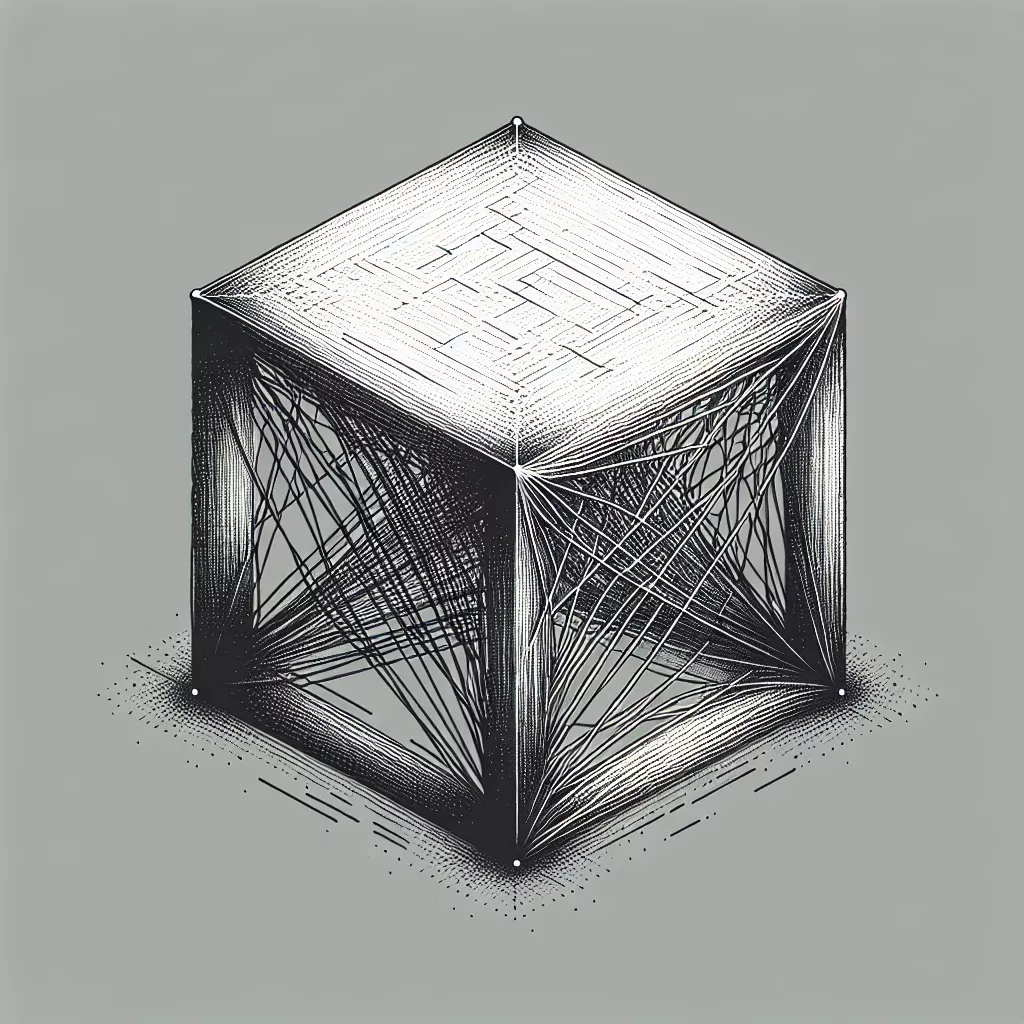Understanding Stringing and Oozing in 3D Printing
If you’ve spent any time with FDM 3D printers, you’ve likely encountered “stringing” or “oozing”—those unwanted wispy threads or blobs of plastic that appear between parts or across open spaces. Not only do they detract from the appearance of your models, but excessive stringing can make post-processing a real chore. Luckily, with some know-how and careful tuning, you can significantly reduce or even eliminate these issues from your prints.
What Causes Stringing and Oozing?
Stringing occurs when melted filament leaks out of the nozzle while the extruder moves between two points without printing (commonly known as travel moves). If the filament is too fluid or the nozzle is too hot, it will continue to flow, creating fine hairs or strings across gaps. Oozing, on the other hand, refers to blobs or drips of filament that appear on surfaces, usually at the start or end of a print path.
The most common causes include:
- Improper retraction settings
- Nozzle temperature too high
- Poor filament quality
- Moisture in filament
- Travel speed too low
How to Fix Stringing: Step-by-Step Solutions
1. Fine-Tune Retraction Settings
Retraction is your printer’s way of pulling filament back into the nozzle before a travel move to prevent leaks. Pay attention to these two parameters:
- Retraction Distance: Increase this value incrementally (e.g., by 0.5mm at a time). For direct-drive extruders, values between 1–3mm are common; for Bowden setups, 4–7mm may be necessary.
- Retraction Speed: A faster retraction (25–60mm/s) can quickly pull filament back and minimize leaks, but too fast and you risk clogging. Start in the mid-range and adjust as needed.
Test by printing simple stringing test models and adjusting settings until you see improvement.
2. Lower the Nozzle Temperature
Hotter nozzles make filament more fluid and prone to dripping. Try lowering your print temperature in 5°C increments, watching for the sweet spot where stringing reduces but layer adhesion remains strong. Always stay within the recommended temperature range for your filament.
3. Dry Your Filament
Moisture is a hidden enemy in 3D printing. Filaments like PLA, PETG, and especially Nylon absorb water from the air, leading to excess oozing and stringing as steam forms in the hotend. Store your spools in airtight containers with desiccant, and consider using a filament dryer before critical prints.
4. Increase Travel Speed
Slow travel moves give the nozzle more time to ooze. Bump up your travel speed to 150–200mm/s if your printer can handle it. Faster movements mean less time for filament to drip out during non-printing moves.
5. Enable “Combing” or “Avoid Crossing Perimeters”
Many slicers offer a “combing” feature, which keeps the nozzle moving within already-printed areas when traveling. This can help hide any strings or ooze inside the model, making them less visible. Similarly, “avoid crossing perimeters” makes the nozzle travel around the outside of your model, reducing the chance of external stringing.
6. Clean Your Nozzle
A partially clogged or dirty nozzle can exacerbate stringing. Regularly inspect and clean your nozzle using a cold pull or a specialized cleaning filament.
Advanced Tips for Persistent Stringing and Oozing
- Try Different Filament Brands: Some brands are more prone to stringing due to additives or inconsistent diameter.
- Use Wipe and Coasting Features: “Wipe” moves the nozzle slightly after retracting to clean it off; “coasting” momentarily stops extrusion before the end of a print path to relieve pressure.
- Check for Firmware or Slicer Updates: Software improvements can address bugs or add features that mitigate stringing.
Conclusion: Clean Prints are Within Reach
Stringing and oozing are frustrating, but with careful adjustments to your slicer settings, temperature, and filament handling, you can dramatically improve your print quality. Approach each variable methodically—change one setting at a time and keep notes of your results. With patience and experience, you’ll be rewarded with crisp, clean 3D prints that need minimal cleanup. Happy printing!


Leave a Reply